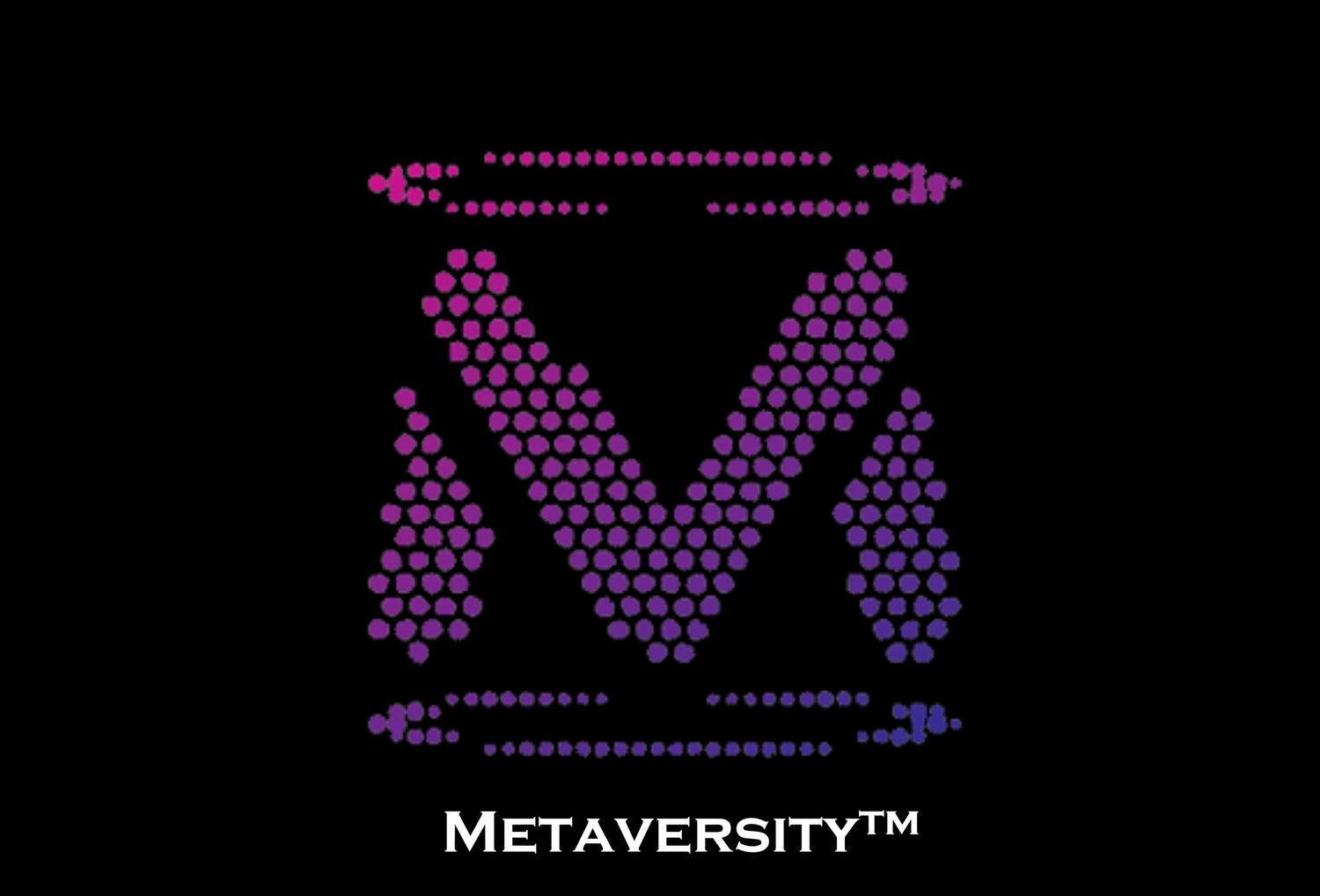What is the Metaverse?
The Metaverse is “a massively scaled and interoperable network of real-time rendered 3D virtual worlds that can be experienced synchronously and persistently by an effectively unlimited number of users with an individual sense of presence, and with continuity of data, such as identity, history, entitlements, objects, communications, and payments.”
“Whether you’re a Metaverse believer, skeptic, or somewhere in between, you should become comfortable with the fact that it is too early to know exactly what a ‘day in the life’ might look and feel like when the Metaverse arrives. But the inability to precisely predict how we’ll use it, and how it will change our daily life, is not a flaw. Rather, it is a prerequisite for the Metaverse’s disruptive force.” — Matthew Ball
What are Metaverse Leaders Saying?
The Metaverse “is going to be far more pervasive and powerful than anything else.” — Tim Sweeney, CEO of Epic Games
The Metaverse “is a 3D extension of the internet that is going to be much, much bigger than the 3D physical world that we enjoy today.” — Jensen Huang, CEO of Nvidia
“The next era of the Internet is real-time, it's 3D, it's very likely going to be persistent interactive and social.” — John Riccitiello, CEO of Unity Technologies
What Makes Up the Metaverse?
-
The sale and support of physical technologies and devices used to access, interact with or develop the Metaverse. This includes, but is not limited to, consumer-facing hardware, such as VR headsets, mobile phones, and haptic gloves, as well as enterprise hardware such as those used to operate or create virtual or AR-based environments, such as industrial cameras, projection and tracking systems, and scanning sensors. (This category does not include compute-specific hardware, such as GPU chips and servers, as well as networking-specific hardware, such as fiber optic cabling or wireless chipsets.)
-
The enablement and supply of computing power to support the Metaverse, supporting such diverse and demanding functions as physics calculation, rendering, data reconciliation and synchronization, artificial intelligence, projection, motion capture and translation.
-
The provisioning of persistent, real-time connections, high bandwidth, and decentralized data transmission by backbone providers, the networks, exchange centers, and services that route amongst them, as well as those managing ‘last mile’ data to consumers.
-
The development and operation of immersive digital and often three-dimensional simulations, environments and worlds wherein users and businesses can explore, create, socialize and participate in a wide variety of experiences (e.g. race a car, paint a painting, attend a class, listen to music), and engage in economic activity. These businesses are differentiated from traditional online experiences and multiplayer video games by the existence of a large ecosystem of developers and content creators which generate the majority of content on and/or collect the majority of revenues built on top of the underlying platform.
-
The tools, protocols, formats, services, and engines which serve as actual or de facto standards for interoperability, and enable the creation, operation and ongoing improvements to the Metaverse. These standards support activities such as rendering, physics and AI, as well as asset formats and their import/export from experience to experience, forward compatibility management and updating, tooling and authoring activities, and information management.
-
The support of digital payment processes and operations, which includes fiat on-ramps to pure-play digital currencies and financial services.
-
The design/creation, sale, re-sale, storage, secure protection and financial management of digital assets, such as virtual goods and currencies, as connected to user data and identity. This contains all business and services “built on top of” and/or which “service” the Metaverse, and which are not vertically integrated into a virtual platform by the platform owner, including content which is built specifically for the Metaverse, independent of virtual platforms.
Source: Ball Metaverse Research Partners’ Metaverse Market Map
-
Companies producing the hardware devices used to access Metaverse platforms. These include smartphone makers including Apple and Samsung, virtual, augmented and mixed reality headset vendors including Meta Platforms, Sony and Microsoft.
-
The companies enabling and supplying the computing power to support the Metaverse. These include cloud service providers like Microsoft, Amazon and Baidu and chip companies like Nvidia, Qualcomm, TSMC and Intel.
-
Companies providing data transmission services. These include content delivery networks like Akamai and Cloudflare, telecom service providers and networking chip makers including Broadcom.
-
The companies providing the user platforms on which consumers access immersive digital experiences. This includes Roblox, Microsoft, Meta Platforms and Tencent.
-
The companies providing the tools, protocols, formats and other technologies to enable interoperability amongst Metaverse platforms. This includes companies such as Nvidia, Apple, Autodesk, Unity and Adobe.
-
The companies providing the support for payments in the Metaverse. This includes Tencent, Sea Ltd., Coinbase, Alibaba, Apple, Block and PayPal.
-
The companies providing services to enable the management of digital assets. This includes Roblox, Tencent, Unity, Matterport, Disney, Meta Platforms and Coinbase.


